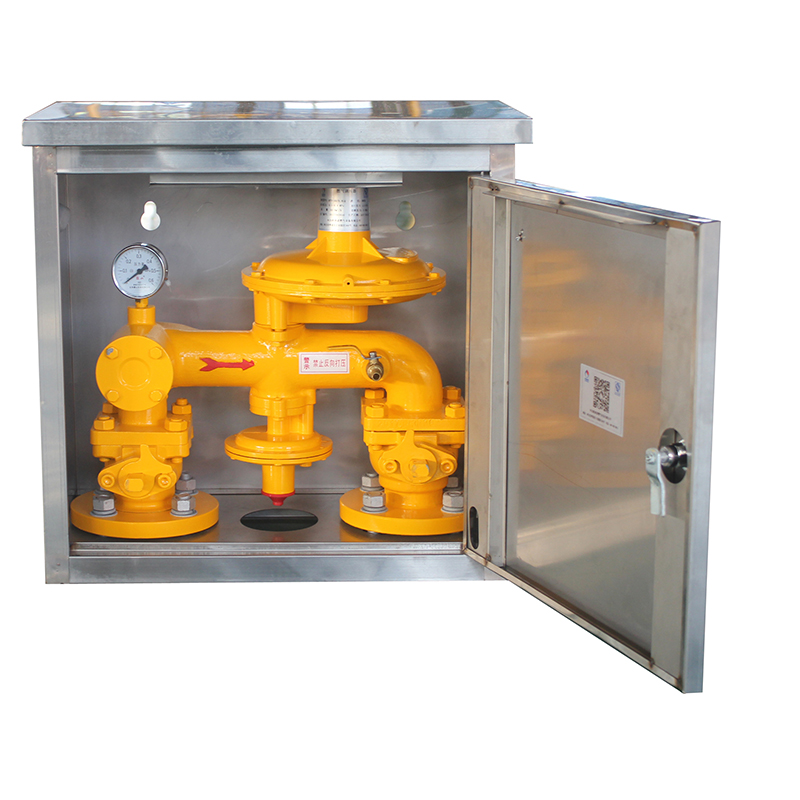
Nov . 21, 2024 04:13
Back to list
منظم ضغط الغاز الطبيعي
Organizing Natural Gas Pressure Regulation Systems An Overview
Natural gas is a vital energy source that plays a significant role in the global energy landscape. Its use is prevalent in various sectors, including residential heating, electricity generation, and industrial processes. However, the successful utilization of natural gas depends significantly on the effective management of its pressure throughout the distribution system. This article explores the organization of natural gas pressure regulation systems, highlighting their importance, components, and operational considerations.
Importance of Pressure Regulation
Natural gas is transported through pipelines at high pressures to ensure efficiency and safety. However, once it reaches the consumer, the pressure must be significantly reduced to a safe and usable level. Improper pressure levels can lead to dangerous situations, including leaks or explosions, not to mention inefficiencies in heating and energy use. Therefore, effective pressure regulation systems are crucial for ensuring that natural gas is delivered safely and effectively to consumers.
Components of Pressure Regulation Systems
A typical natural gas pressure regulation system consists of several key components, including pressure regulators, valves, and monitoring devices.
1. Pressure Regulators These are the core devices that control the gas pressure entering a building or industrial facility. They automatically adjust the flow of gas to maintain a constant pressure, compensating for variations in demand. Regulators can be classified into two main types *line regulators,* which are used in pipelines to manage pressures, and *metering regulators,* which are located at the point of use to supply gas at the desired pressure.
2. Valves Various types of valves, such as shut-off valves, relief valves, and control valves, play critical roles in the pressure regulation system. Shut-off valves are essential for emergency situations, allowing for the quick termination of gas flow. Relief valves prevent over-pressurization by venting excess gas, while control valves help modulate the pressure and flow in the system.
.
Operational Considerations
منظم ضغط الغاز الطبيعي

The organization of pressure regulation systems involves several critical operational considerations
1. Design and Layout The layout of the pressure regulation system is essential for its functionality. It should be designed to accommodate the expected flow rates, allowing for easy maintenance and inspection of components. Proper spacing between regulators, valves, and monitoring devices is necessary to ensure comprehensive control over pressure levels.
2. Maintenance and Inspection Regular maintenance and inspections are vital for the longevity and reliability of pressure regulation systems. Operators must establish routine checks for wear and tear, ensure that valves and regulators function correctly, and calibrate monitoring devices to maintain accuracy.
3. Regulatory Compliance Adherence to local, national, and international regulations is critical when organizing pressure regulation systems. Standards set by regulatory bodies dictate specific requirements for installation, operation, maintenance, and safety to protect both consumers and the environment.
4. Emergency Response Planning Given the potential hazards associated with pressure variations in natural gas systems, developing robust emergency response plans is essential. Operators should conduct regular training sessions and drills to prepare for potential incidents, ensuring that all personnel are aware of protocols to follow in case of an emergency.
Future Trends
As the demand for cleaner energy sources continues to grow, innovations in natural gas pressure regulation systems are likely to emerge. Advancements in technology, such as IoT (Internet of Things) applications, can provide better monitoring and control, enhancing the efficiency and safety of natural gas delivery. Additionally, the integration of renewable gases, such as biogas and hydrogen, may require new approaches to pressure regulation to accommodate changing dynamics in the gas market.
Conclusion
The organization of natural gas pressure regulation systems is a critical component in ensuring the safe and efficient delivery of natural gas to consumers. By understanding the key components, operational considerations, and future trends, stakeholders can enhance system reliability, compliance, and safety, ultimately contributing to a more sustainable energy landscape.
Next:
Latest news
-
Safety Valve Spring-Loaded Design Overpressure ProtectionNewsJul.25,2025
-
Precision Voltage Regulator AC5 Accuracy Grade PerformanceNewsJul.25,2025
-
Natural Gas Pressure Regulating Skid Industrial Pipeline ApplicationsNewsJul.25,2025
-
Natural Gas Filter Stainless Steel Mesh Element DesignNewsJul.25,2025
-
Gas Pressure Regulator Valve Direct-Acting Spring-Loaded DesignNewsJul.25,2025
-
Decompression Equipment Multi-Stage Heat Exchange System DesignNewsJul.25,2025

